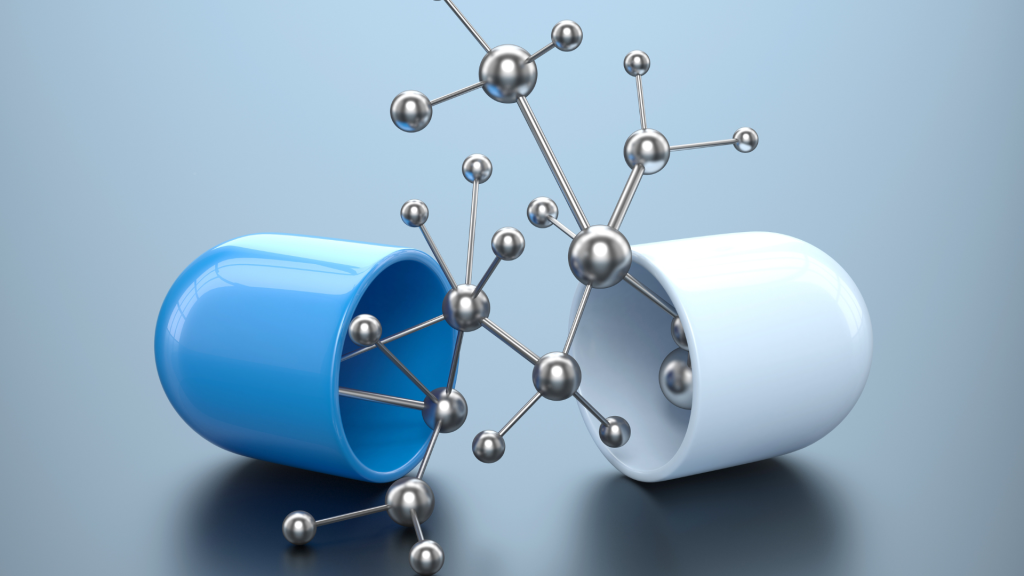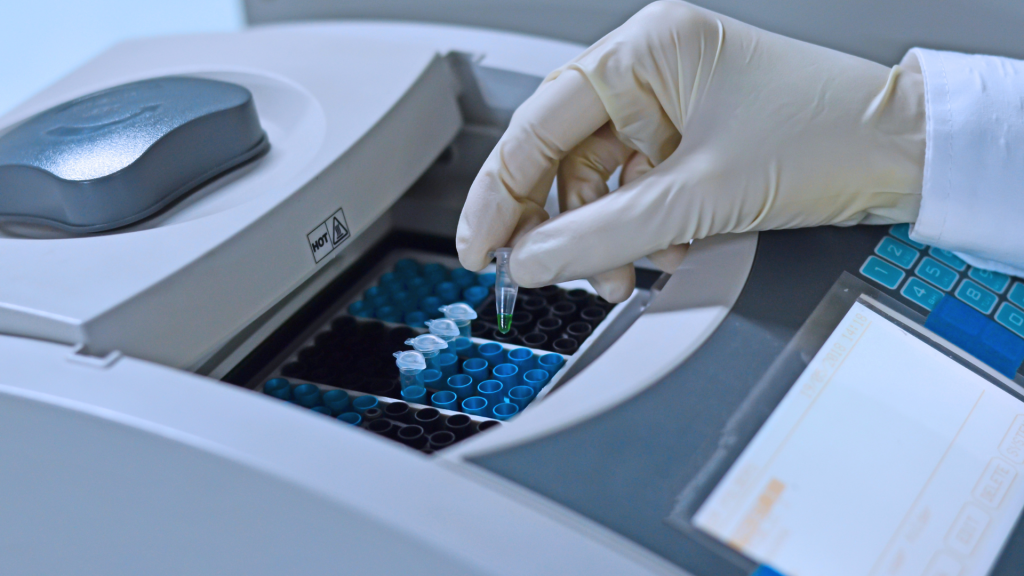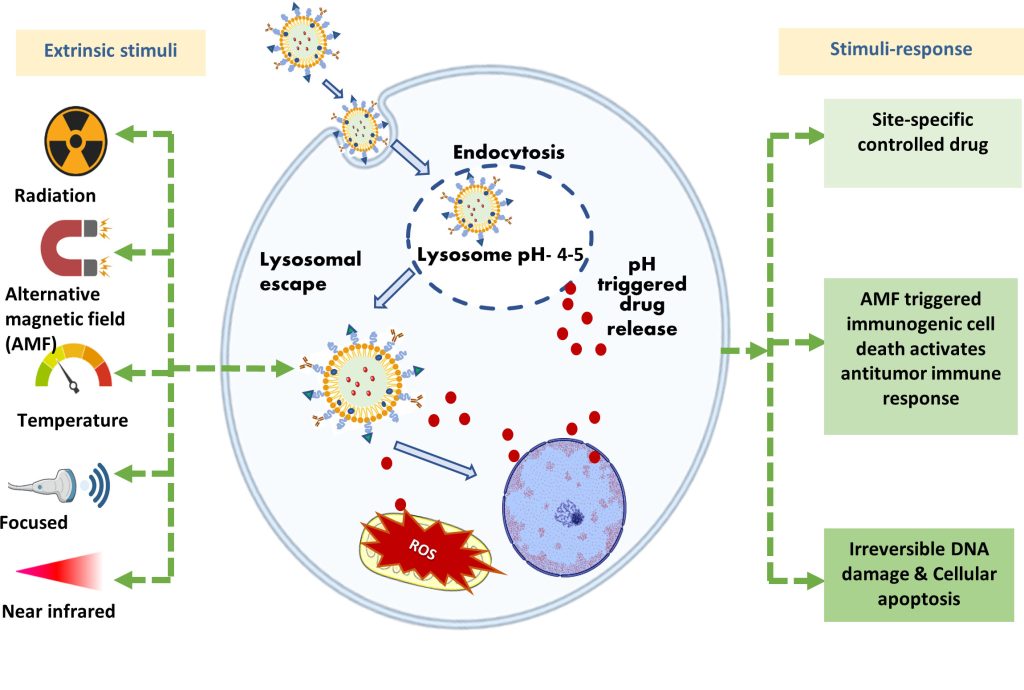Overview of Applications in Medicine

Objective:
To explore the current and potential applications of nanotechnology in medicine, with a focus on its use in neurosurgery.
Introduction to Nanotechnology in Medicine:
Nanotechnology is transforming the medical field by enabling more precise diagnostic tools, effective therapies, and less invasive procedures. In neurosurgery, nanotechnology is poised to improve surgical outcomes, reduce recovery times, and enable more targeted treatments for neurological diseases and disorders. The unique properties of nanoscale materials, such as their ability to penetrate biological barriers and interact with specific cells, make them ideal candidates for advancing medical treatments.
Key Applications of Nanotechnology in Medicine:
- Drug Delivery Systems:
- Nanoparticles can be engineered to deliver drugs directly to the site of a disease, reducing side effects and improving therapeutic outcomes. In neurosurgery, nanoparticles can cross the blood-brain barrier, delivering drugs to specific areas in the brain that were previously difficult to treat with conventional methods.
- Diagnostic Tools:
- Nanotechnology allows for the development of highly sensitive diagnostic tools, such as biosensors and imaging agents, that can detect diseases at earlier stages. For example, nanoparticles are used as contrast agents in MRI and CT scans to improve the resolution and sensitivity of these imaging techniques.
- Tissue Engineering and Regeneration:
- Nanomaterials can be used to create scaffolds for tissue regeneration, including nerve and brain tissue. In neurosurgery, this can be used to promote healing after trauma or surgery, potentially offering new treatments for conditions like spinal cord injuries and brain damage.
- Cancer Therapy:
- Nanotechnology enables the development of targeted cancer therapies, where nanoparticles are designed to deliver chemotherapy drugs directly to cancer cells, minimizing damage to healthy tissues. This is especially relevant in neurosurgery for treating brain tumors, where precision is critical.

Real-World Example:
- Gold Nanoparticles in Targeted Cancer Therapy:
- Gold nanoparticles are being used in targeted cancer treatments where they can be designed to attach to cancer cells, allowing for the delivery of radiation or chemotherapy directly to the tumor site. This improves the efficacy of treatments while reducing side effects.
Case Study:
- Nanoparticle-Based Drug Delivery for Brain Tumors:
- Researchers are developing nanoparticles that can cross the blood-brain barrier and deliver chemotherapy drugs directly to brain tumors. This technique has shown promise in treating glioblastoma, a particularly aggressive type of brain cancer.
Read the full article here.
